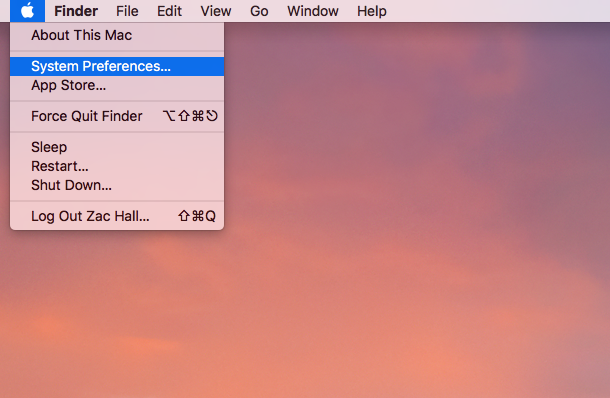
- #How do i delete programs on mac o sierra i do not need mac os x
- #How do i delete programs on mac o sierra i do not need update
- #How do i delete programs on mac o sierra i do not need series
You can also use an application like Preferential Treatment to check for corrupt. plist file(s) to the Desktop, then re-attempt launching the application. plist files that may be associated with the application you are having trouble with. Go to the ~/Library/Preferences folder, and search for any. Most of the preferences files that we will be talking about are stored in a folder named Preferences, and located in the Library folder of your home directory, e.g.:
#How do i delete programs on mac o sierra i do not need series
plist file is, see this series of articles) plist file (for more information on exactly what a. plist files A non-launching application can be the result of a corrupt or otherwise defunct associated. Launch Activity Monitor (located in Applications/Utilities), then find the process associated with the problematic application, then quit it and attempt re-launching the applications.ĭelete appropriate. This is especially applicable in situations where a restart cures problems with application launching, as the offending process(es) will, of course, be killed by the restart process. Kill process in activity monitor Killing an application-related process via Activity Monitor (click the item then press the 'Quit Process' button) can allow proper application launch. Check for the capability to launch the problematic application.The process is complete when the Terminal returns to a normal prompt. The process may take a few minutes, and you may see various messages flash by. When prompted for a password, enter your admin password, and press Return again.Type: sudo update_prebinding -root / -force and press Return.Open the Terminal (located in Applications/Utilities).
#How do i delete programs on mac o sierra i do not need update
Update prebinding Many cases of application launch-failure can be resolved easily by simply updating prebinding, via the following steps: There are a number of potential solutions for this problem, ranging from simple and relatively quick to more tedious.
#How do i delete programs on mac o sierra i do not need mac os x
Hopefully this can further clarify for newcomers to this thread.It?s a frustrating scenario: You click on a regularly used application only to find that it will not launch ? either bouncing indefinitely in the Mac OS X Dock or simply providing no feedback whatsoever. Note $path is like $PATH except it's delimited by a single space, instead of a colon. This will print each path on a new line for better readability. One handy command you could use to "pretty print" your path list is print -l $path Of course, you'll have to make sure you export the modified path in the ~/.zshrc file.

Then, the new path will be appended at the end of the path list. If we do something like PATH="/new/path:$:/new/path" It will have to depend on what the script is doing inside. Iplus26's answer stated "when (you run) echo $PATH, The $PATH string will be PATH_SET_IN_3&4:PATH_SET_IN_1:PATH_SET_IN_2" but this isn't always the case. finally, the $PATH is further modified in ~/.zshrc.each line in each text file inside etc/paths.d directory gets appended.each line in etc/paths text file gets appended.Read more: Mac OS X: Set / Change $PATH Variable - nixCraftĬonfirming iplus26's answer with one correction.īelow is the order in which the $PATH environment variable is modified:

Noticed that the first two ways ( /etc/paths and /etc/path.d) is in / directory which will affect all the accounts in your computer while the last two ways ( ~/.bash* or ~/.zsh*) is in ~/ directory (aka, /Users/yourusername/) which will only affect your account settings. The $PATH string will be PATH_SET_IN_3&4:PATH_SET_IN_1:PATH_SET_IN_2. If you're using a "zsh" environment ( Oh-My-Zsh, for example), you should check out ~./zshrc instead of ~/.bash* thing.Īnd don't forget to restart all the terminal windows, then echo $PATH.

There may be not that file yet, but these two files have effects on the $PATH. If you're using a "bash" environment (the default Terminal.app, for example), you should check out ~/.bash_profile or ~/.bashrc. You can ls -l /etc/paths.d to list items and rm /etc/paths.d/path_you_dislike to remove items. I've found that there are some files that may affect the $PATH variable in macOS (works for me, 10.11 El Capitan), listed below:Īs the top voted answer said, vi /etc/paths, which is recommended from my point of view.Īlso don't forget the /etc/paths.d directory, which contains files may affect the $PATH variable, set the git and mono-command path in my case.


 0 kommentar(er)
0 kommentar(er)
